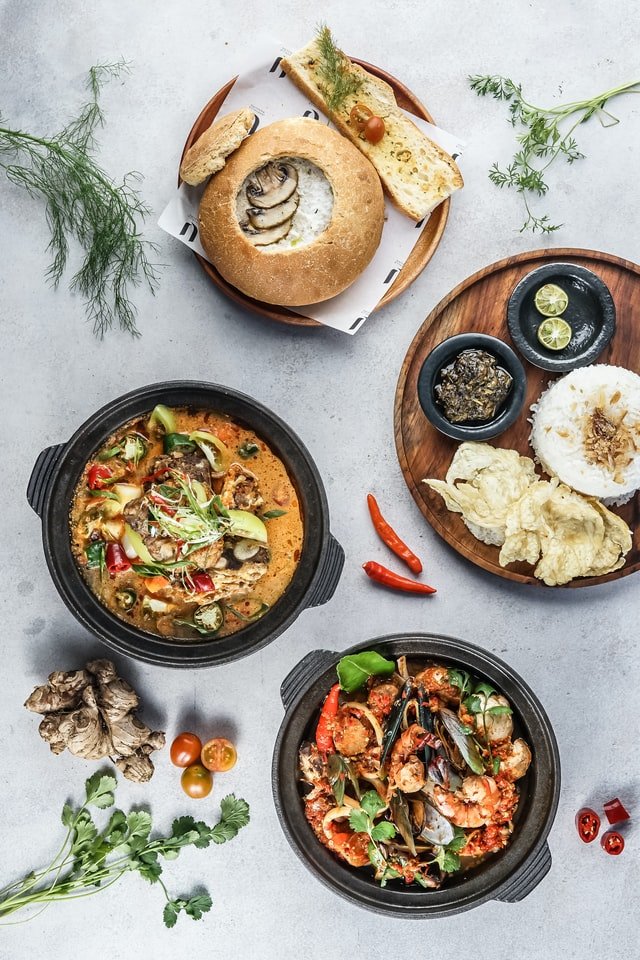Ancient Egyptians used cinnamon as an embalming spice. It was also added to food. In older times, cinnamon was carried on long sea voyages to ward off disease. The bark has been used in Chinese medicine for thousands of years.
In the West, cinnamon was believed to cure a wide range of ailments including snake bites and toothaches. It was also thought to be able to cure plague, among other things.
The ancient Egyptians used it as a remedy for digestive problems; they also burned it as incense for a pleasant smell and for fumigation. In ancient Greece and Rome, the dried bark was burned in linen bags to scent clothing and bedding. It is still used today to make a type of incense called cassia or benzoin (not to be confused with the gum resin).
Mythology says that the explorer Jason brought home a branch of “cassia” from his travels in the 14th century BC, but there is no evidence this ever happened. However, some historians believe that he really did bring home plant samples and that they were likely cinnamon plants.
Cinnamon is the dried inner bark of an evergreen tree. The tree is native to the tropical forests of Sri Lanka and Indonesia, but the ancient Egyptians imported it from Ceylon (modern Sri Lanka) by boat. They used it as both a spice and a medicine.
Cinnamon was one of the most valuable substances in the ancient world. It was probably more expensive than silver; certainly it was more expensive than bread. One talent of cinnamon would have fed a family of four for a year. In the Late Period, when Egypt’s economy was failing, it took two months’ wages to buy a single pound.
The ancient Egyptians used cinnamon in cooking, medicine, and embalming. They also burned it as incense, which they believed would drive away evil spirits and attract good ones. When we burn cinnamon today, we are doing something our ancient ancestors did too.*
Cinnamon, which is made from the bark of a tropical tree, was known in ancient Egypt, but the Egyptians had trouble growing it. The climate in their part of the world wasn’t right for it. So they imported it from India and other countries to the south and east. The Egyptians were so fond of cinnamon that they would take whole branches of the trees and wear them as perfume, says Herodotus. He says the perfume was so strong he could smell it while he was still in Memphis, six miles away.
Cinnamon became one of the mainstays of Egyptian commerce. The Egyptians would use it to pay their taxes. And when pharaohs ran out of things to tax, they would declare war on their enemies and confiscate their cinnamon supplies.
Cinnamon has been a prized spice for thousands of years. In ancient Egypt, it was so valuable that a Bible story tells how the pharaoh’s servants, upon learning that their master intended to give their wives to a visiting dignitary as gifts, killed the dignitary and hid the dead body in a sack of cinnamon.
Cinnamon is made from dried, rolled-up bark harvested from a small tree native to Sri Lanka. It is one of the most ancient spices; evidence of its use goes back at least 4,000 years. Its exact origins have been lost in time, but the ancient Egyptians used it extensively in embalming and flavoring mummies—in fact, they called it “true cinnamon.” And they traded it with other civilizations across Europe and Asia, which prized it as a medicine and aphrodisiac.
The Egyptians were especially fond of cinnamon-flavored drinks called kytons; they also sprinkled it on foods like puddings, fruit jams and sweet cakes. The Romans and Greeks loved cinnamon too; Pliny the Elder wrote that it cured everything from dizziness to snakebites, although he added that “the taste of it is nasty.”
Cinnamon was imported into Egypt by boat from the south. But it was so rare, so precious, that it was used as a kind of currency, and there were laws restricting its use in cooking.
The reason for this is that the Egyptians had a different view of cinnamon than we do. We think of cinnamon as a pleasant flavoring, one of many spices. The Egyptians thought of it as a medicine; to them it was so important that they used the same word for both “cinnamon” and “medicine.”
Cinnamon comes from the inner bark of a tropical tree. It has been used in traditional medicine for centuries and was known to the ancient Egyptians. The spice is still popular today, but no one knows what flavor it adds to food.
Tulane University chemist Maneesh Agrawal measured the aroma molecules produced by cinnamon and found that different kinds of cinnamon have different aromas. The famous and expensive Ceylon cinnamon smells like pumpkin pie spice. Cassia, which is less expensive, tastes like hot chocolate. “When you go to the store, you might want to buy the kind of cinnamon you like,” Agrawal said.
Cinnamon is made from the bark of a tree and harvested when it is about six years old. The outer bark is removed, revealing the smooth cinnamon beneath, which is cut into thin sticks.
Cinnamon has been used for thousands of years. The first written record of the spice comes from ancient Egypt; it was used by the ancient Greeks, who called it “Cassia.” The Egyptians ground it and mixed it with fat to make a paste, which they used as a deodorant and embalming fluid.
Cinnamon is made from the bark of a tree common to several regions in Southeast Asia; the word itself comes from the Latin word for cinnamon, “cassum,” which was derived from Kasmir, the Arab name for Ceylon (now Sri Lanka), where the best cinnamon bark was found.
